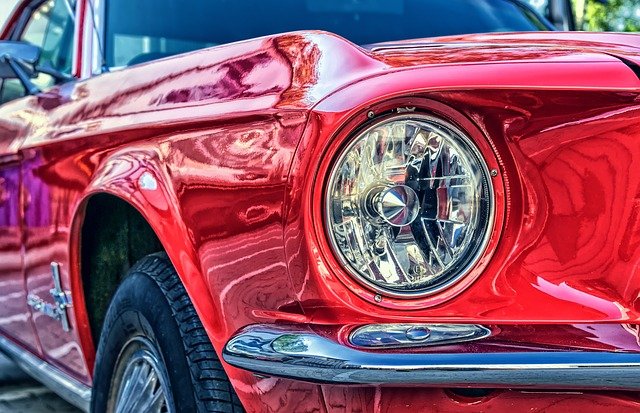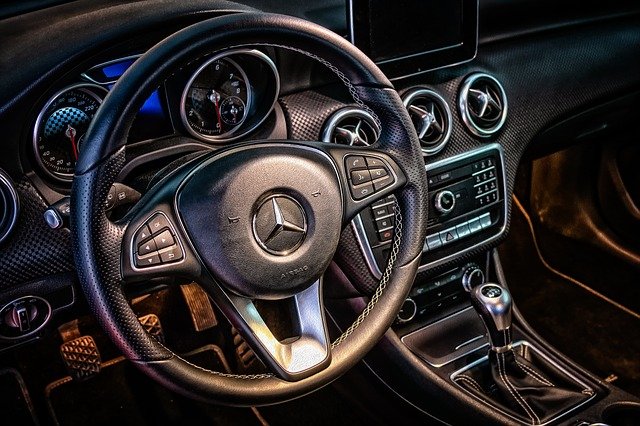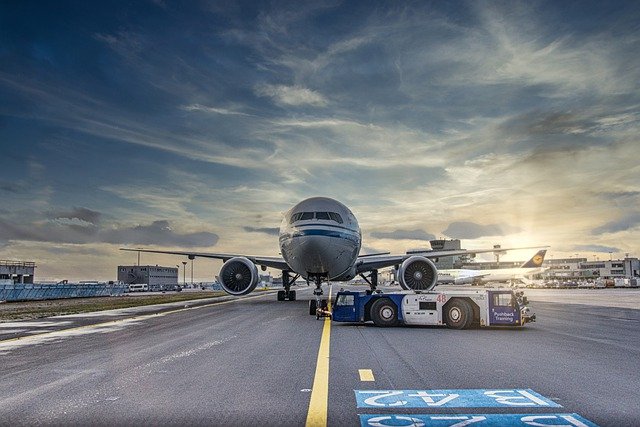Around the tracks: Parts shortages stifle vehicle production amid cutbacks in Russia – S&P Global
The global semiconductor shortage continued to affect vehicle markers production into early 2022.
For a second time, in February, Japan’s Toyota Motor lowered its production forecast for the fiscal year ending March 31 to 8.5 million units. Its first revision was in September 2021 to 9 million units from an initial forecast of 9.30 million units.
In addition to the chip cuts, high commodity prices could hinder recovery plans – Russia’s invasion of Ukraine along with high energy costs could keep prices inflated.
Chipmakers are taking steps to ban chip exports to Russia. Would this free up some supplies for other markets? The impact could be minor as Russia obtains about 70% of its chips from China.
Nevertheless, the list of global vehicle makers stopping operations because of the Russia-Ukraine crisis is growing. Toyota halted vehicle production indefinitely at its St. Petersburg plant in Russia from March 4, joining counterparts such as Mercedes-Benz, Ford and BMW.
Forward gear: Countries aim to reopen borders to stimulate economies
Reverse gear: Vehicle makers shut Russian plants, stop exports to Russia
Outlook
Amid the chip cuts, sanctions resulting from the Russia-Ukraine conflict rippled globally.
European vehicle makers will be affected as supply lines from the two countries dry up. South Korea’s Hyundai Motor and Kia Motors will be hurt as they have production plants in Russia. Hyundai accounted for 10.3% while Kia held 12.3% of Russia’s 2021 vehicles market.
Electric vehicle ambitions could also be derailed. Ukraine is a major producer of nickel and aluminum – materials needed for battery and EV components.
Meanwhile, Russia is not expected to affect the global chip sector much as it accounts for only 0.1% of the market, according to the Semiconductor Industry Association.
“…The semiconductor industry has a diverse set of suppliers of key materials and gases, so we do not believe there are immediate supply disruption risks related to Russia and Ukraine,” the association said Feb. 24.
The industry, however, is dependent on Ukraine-sourced rare gases such neon, a gas integral to the lasers used in chip-making processes.
US
US manufacturing continued to grow as the Purchasing Managers’ Index widened to 57.3 in February from 55.5 in January, supported by output and new orders. But vehicle production was in the red as chip shortages and disruptions to supply chains hindered buildups of inventory.
Automakers and analysts project that supply chains and vehicle production could stabilize by the end of the year.
A US Commerce Department report stated the chip shortage will exist well into the last part of 2022, and possibly even 2023. Amid the negative factors, flat steel spot prices fell from record highs set in 2021.
- Platts TSI US HRC index, assessed by S&P Global Commodity Insights, stood at $1,000/st on Feb. 28, down 33% from the start of 2022
- Vehicle inventory stunted by the global microchip shortage
- House of Representatives passes $52 billion CHIPS Act
EU
New passenger car registrations in the European Union fell 6% year on year to 682,596 units in January, the lowest January on record and the seventh consecutive month to see year-on-year falls, data from European Automobile Manufacturers Association showed. This was attributed to ongoing semiconductor shortages still negatively affecting car sales across the region.
European vehicle makers curtailed their production as automotive parts, such as wire harnesses, from shut Ukrainian plants stopped, and forced the makers to look for alternative supply sources.
- EU hot-rolled coil supplies at risk from sanctions
- Lower vehicle sales to Russia, the fourth-largest car market in Europe
- Russian adoption of EVs to slow significantly
CHINA
The country’s manufacturing activity rebounded in February owing to improved infrastructure investment and robust export demand. The manufacturing PMI published by the National Bureau of Statistics firmed to 50.2 points in February, from 50.1 in January.
Passenger vehicle production kicked off 2022 with an 8.74% annual rise to 2.08 million units in January while sales of the same grew 6.9% to 2.19 million units, data from the China Association of Automobile Manufacturers showed.
- China to boost HRC production capacity over 2022-2023
- China plans to convert more commercial vehicles to new energy vehicles under 14th Five-Year Plan
- CAAM forecasts 5 million EVs sold locally in 2022, up 40% from 2021
INDIA
Indian vehicle production reached 1.86 million units in January, up 13% on month but down 16% on year, data from the Society of Indian Automobile Manufacturers showed.
Passenger vehicle production was not able to meet “market demand due to supply side challenges resulting sales in January 2022 being even lower than January 2021,” SIAM director general Rajesh Menon said, as passenger vehicle sales fell 8.1% to 254,287 units.
- Passenger vehicle market bears brunt of chip shortfall as inventories stay low
- India to roll out battery swapping policy for EVs
- India aims to manufacture 5 million mt/year of green hydrogen by 2030




